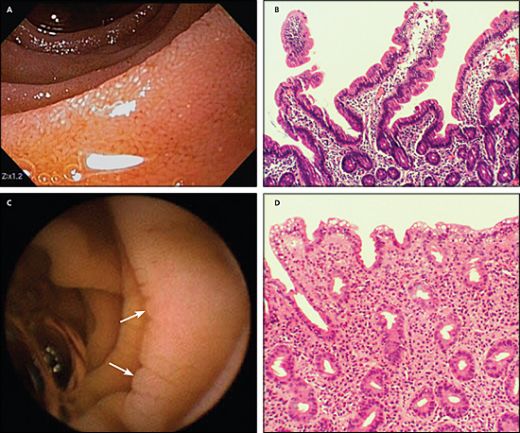
Modern medicine has not been able to find an actual cause for migraine headaches.. For many years it was believed that migraines were vascular or blood vessel dilation headaches. the theory was that blood vessels were suddenly dilated around the head causing severe pain. Currently, it is believed that migraines result from some type of disturbance in the central nervous system. This disturbance causes a series of chemical changes in the brain, which results in dilation of blood vessels, pain and other symptoms. since migraine involves much more than pain, the other symptoms seem to be directly related to the brain. Studies have shown that the brains of people who suffer from migraines are more excitable and behave differently than the brains of those who don’t have migraines the visual and sound receptors of the brain appear to be much more excitable in migraine patients. it is felt that inflammation of the covering of the brain or blood vessels is the cause of the throbbing pain. the nerve endings in migraine sufferers have been shown to release inflammatory proteins around the blood vessels and covering of the brain, thus causing pain.
A study by a German researcher named Dr. Hans-Christop Diener of migraines in men took place in 1995. they used a PET scanner to determine what was happening in the brain during their headaches. the PET scans showed an area in the lower part of the brain (the brainstem) where the nerve cells were activated at the start of a migraine, stayed activated throughout the headache, and shut off at the end of the headache. Dr. Diener developed the term “migraine generator” for this area because he believed it to be the part of the brain where the migraine begins. the migraine generator connects to nerve fibers leading to the covering of the brain known as the meninges. these fibers connect to other fibers that surround and stimulate the blood vessels of the meniges ( lining around the brain). This results in dilation of the vessels and the nerves release inflammatory chemicals around the vessels. the dilation combined with the inflammatory chemicals result in the pain of migraine. the system that connects the migraine generator, the blood vessels of the meninges, and the nerves is called the Trigeminovascular system. the Trigeminal nerve is the cranial nerve that plays a major role in this system. it has been shown that stimulating this nerve can help relax the muscles that cause the actual pressure and tension of the headache.
Migraine headaches are probably the most well known type of severe headache. they can occur at any age, but are generally more common in women than in men. Women usually experience migraine between age 40 and 45 whereas men start at a younger age of 30 to 40. there are a variety of different types of migraines. the International Headache society recognizes two major categories of migraine: migraine with aura, which are those that include some type of visual disturbance (previously known as “Classic” migraine and migraine without aura (previously known as “common” migraine.)
Migraine without Aura-As mentioned, this was previously known as a “common” migraine. these headaches usually last from 4 hours to 3 days. Symptoms usually include some or all of the following: unilateral headache, pulsating pain, moderate to severe pain that interferes with the person’s ability to function normally, the pain is made worse by any type of physical activity, there is usually nausea and/or vomiting, and the patient will often have light and/or sound sensitivity. Sinus problems and congestion are common complaints with many migraine sufferers. Yet, when examined, there is usually not any sign of an inflammatory problem or infection in the sinus. Many sufferers also complain of upper back and neck stiffness.
Migraine with Aura is the name given to what was previously known as Classic migraine.. This is applied to a migraine where a physical warning sign of some type occurs before the headache. the aura is usually visual and occurs 5 to 20 minutes before the actual headache, and can last up to 60 minutes.some times the aura will last thru the entire headache. the most common aura symptoms range from visual floaters to moving figures, blind spots, distorted objects and even hallucinations. We know from electrical activity studies that migraine aura is caused by an increase in electrical activity that moves across the brain’s surface, which is followed by a loss of electrical activity. During this period there is increased blood flow followed by decreased blood flow, which is not the result of vessel Contraction. This results in the visual aura. Migraine treatment has to address this electrical activity change.
There is another type of migraine with Aura known as Basilar migraine. with this type of headache, the aura before the head ache may include double vision, temporary blindness, vertigo, ringing in the ears, and even fainting. Although the symptoms are extremely scary to the individual, it is not worse than a regular migraine. This type of migraine is seen most often in teenage girls. though it can occur at any age.
Filed under: Health N Beauty